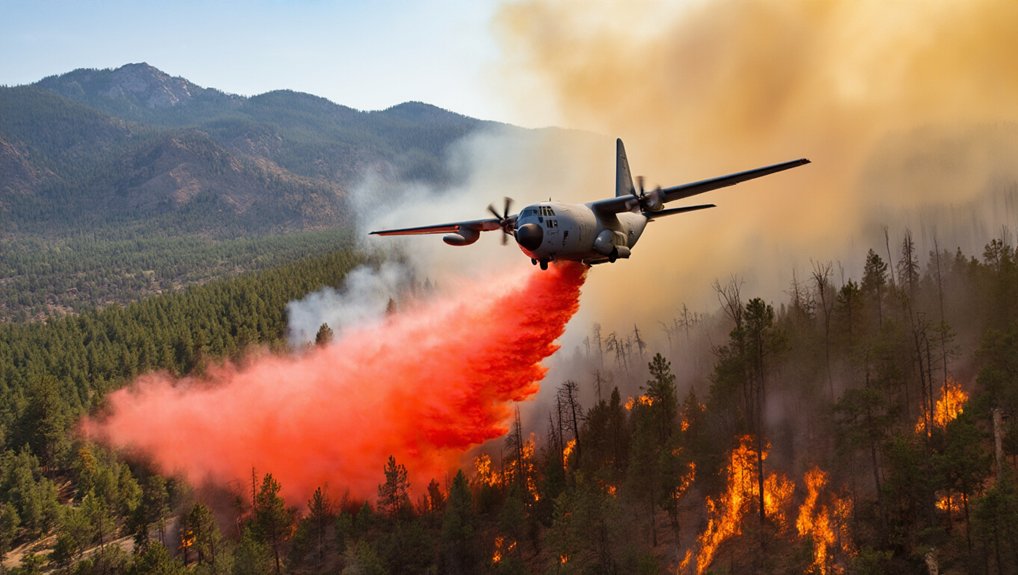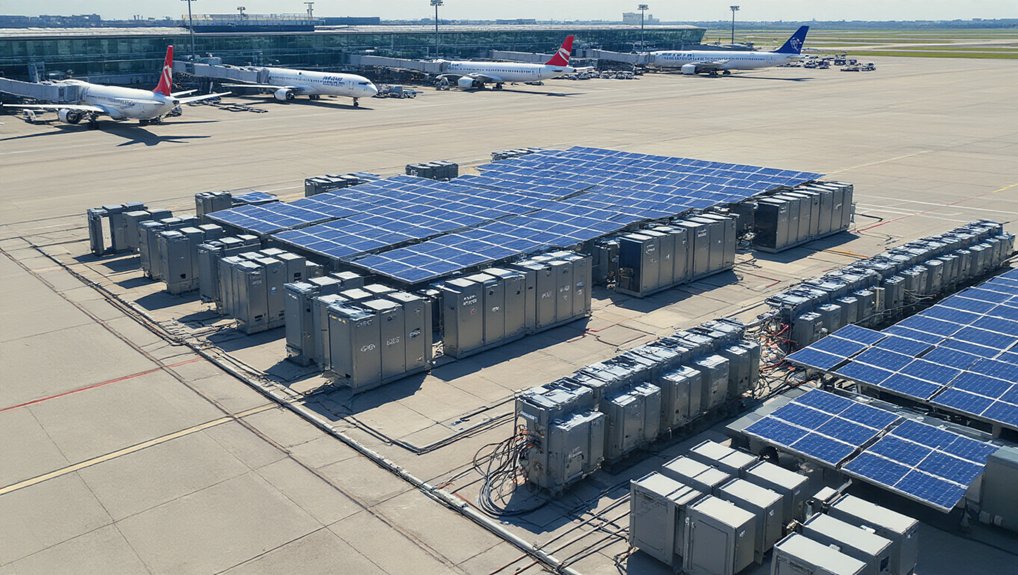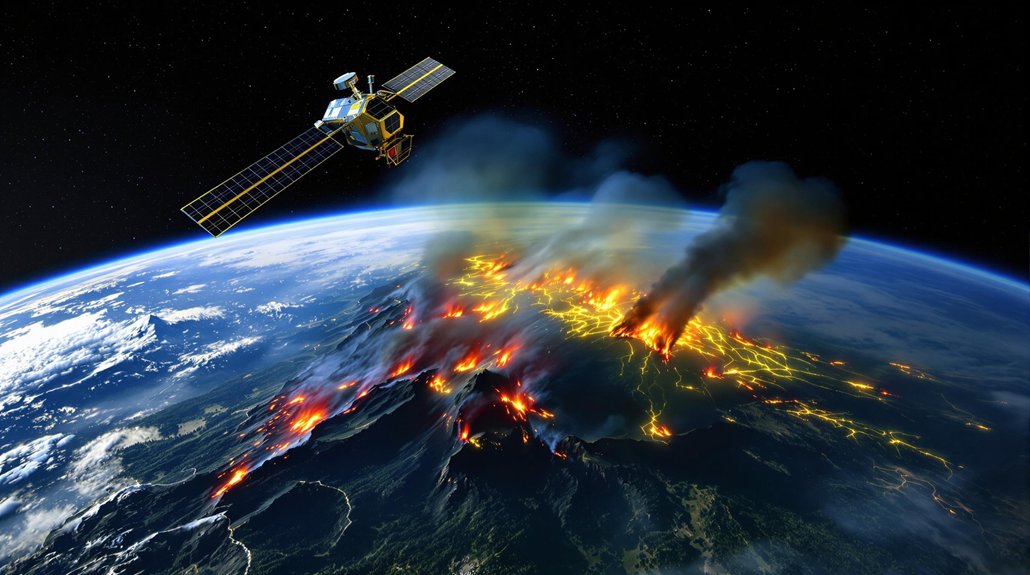When wildfires rage across the West and commercial firefighting planes are stretched thin, the military rolls in with a solution that drops 3,000 gallons of fire retardant in less than 10 seconds. That’s the Modular Airborne Fire Fighting System, or MAFFS, and it’s about to get a major boost thanks to Congress.
The Aerial Firefighting Enhancement Act just changed the situation. It lets firefighting agencies buy excess military aircraft at fair prices. No more begging and borrowing when fire season hits. The legislation pushes state and federal agencies to actually work together, which is apparently groundbreaking in government circles.
Here’s how MAFFS works. The system slides right into the back of a C-130 military transport. Press a button, and boom – fire retardant sprays out across a quarter-mile wide area in under five seconds. It’s portable, efficient, and doesn’t require rebuilding the entire aircraft. The entire system can be refilled in 12 minutes, making it incredibly efficient for continuous firefighting operations. Smart design, finally.
The Air National Guard units, including the 146th and 153rd Airlift Wings, deploy these modified C-130s from places like Channel Islands Air National Guard Station. They work alongside the Forest Service and other federal agencies when commercial tankers can’t handle the load.
Multiple C-130s mobilize from different military units, creating a surge capability that actually makes sense.
Commercial firefighting aircraft come in various sizes. Large Airtankers dump 2,000 to 4,000 gallons. Very Large Airtankers, mostly DC-10s, release over 8,000 gallons per run. Single Engine Airtankers deliver up to 800 gallons in tight spots where bigger planes can’t go.
But when these aren’t enough, that’s when MAFFS-equipped C-130s enter the picture.
The Department of Defense doesn’t just sit on the sidelines anymore. They actively mobilize aircraft when wildfire season gets ugly. This isn’t some temporary band-aid solution either. The new legislation creates a long-term strategy for aerial firefighting enhancement.
Military firefighting capability just got real. With proper funding and equipment transfers now legally streamlined, the West might actually stand a chance against increasingly brutal fire seasons. About time Congress did something that makes practical sense.
References
- https://www.fs.usda.gov/managing-land/fire/planes/maffs
- https://www.nifc.gov/fire-information/news-releases/military-aircraft-equipped-maffs-mobilized-assist-wildfires
- https://www.heinrich.senate.gov/newsroom/press-releases/heinrich-vasquez-aerial-firefighting-enhancement-act-heads-to-white-house
- https://www.fs.usda.gov/managing-land/fire/planes
- https://www.northcom.mil/Newsroom/News/Article/Article/563702/maffs-aircraft-support-colorado-wildland-fire-fighting-efforts/









